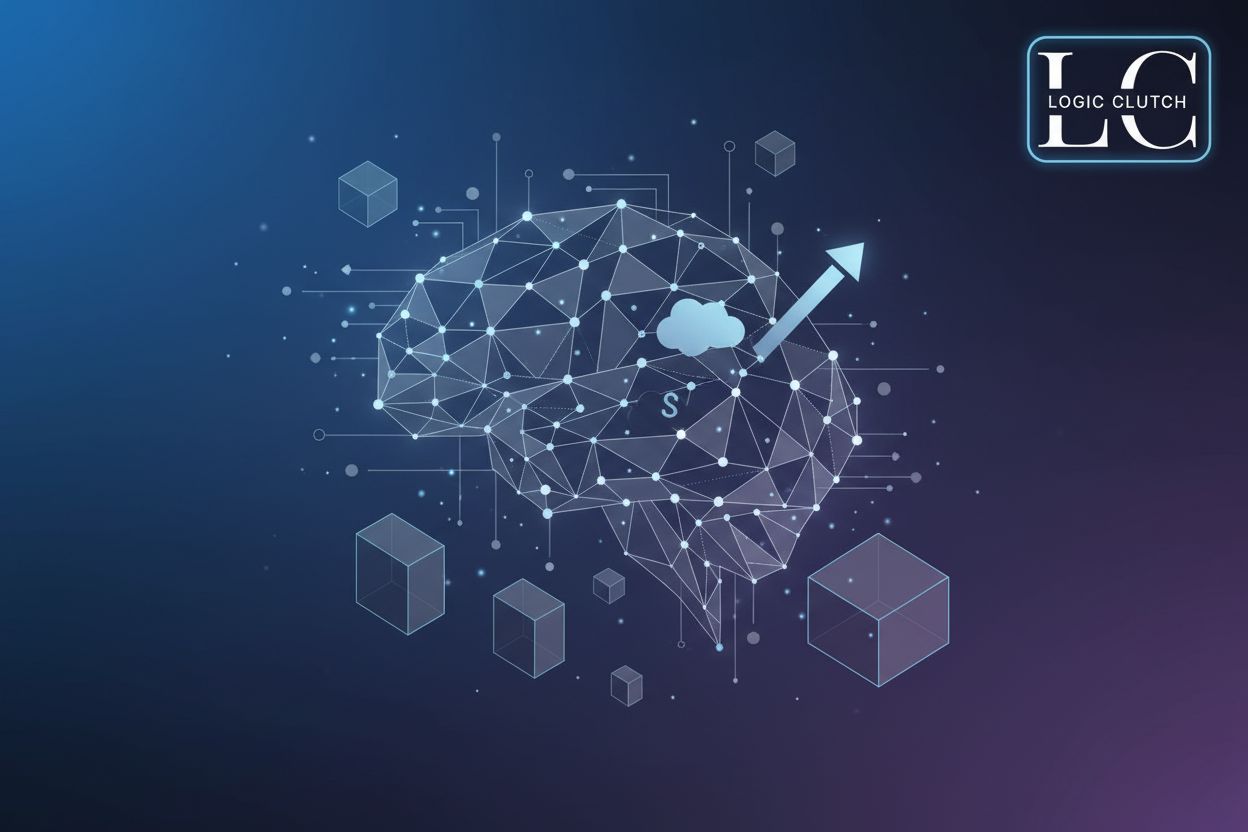The Importance of Data in Achieving Digital Transformation
TL;DR
Understanding Digital Transformation and Its Building Blocks
Digital transformation, eh? It's more than just a buzzword, I promise. Think of it as giving your entire business a digital makeover, not just slapping on a new coat of paint. It's about fundamentally changing how you do things.
It's about integrating digital technology into all areas of your business. Not just your website or social media. Digital transformation has the potential to optimize business operations and drive growth in new and existing markets, according to koombea.
It's not just about tech, though. It's also about changing your processes, your company culture, and how you interact with customers; it all needs to evolve.
And honestly, it's essential now. Customer expectations are higher than ever, and the market is constantly changing, so you have to adapt or get left behind.
Data is the fuel that drives everything. It's what gives you insights and helps you make informed decisions.
Think of it as a progression: First, you digitize (convert to digital), then you digitalize (use digital data to simplify), then you transform.
But here's the catch: your data needs to be good. Accurate, reliable, and easy to get to. Otherwise, it's garbage in, garbage out, ya know?
So, what's next? Well, now that we've got the basics down, let's talk about how data actually powers this whole transformation thing.
The Power of Data in Salesforce CRM for Transformation
Isn't it kinda wild how much data we're swimming in these days? And Salesforce CRM is like, right there in the middle of it all. It's not just about tracking leads anymore, it's about making that data work for you in a real way.
- Centralized Customer View: Salesforce acts as a single source of truth. It pulls all your customer data into one place. Think about it: sales, marketing, service – all singing from the same hymn sheet. No more scattered spreadsheets or conflicting info, which is a win in my book.
- Data Accessibility: Imagine every department having access to the same customer insights. Sales can see marketing's campaigns, support knows about recent sales interactions, it's all connected. This improves collaboration and eliminates those frustrating data silos.
- Personalized Experiences: With all that data at your fingertips, you can personalize customer interactions like never before. Tailored emails, targeted offers, proactive support – it's about making each customer feel seen and understood.
Let's say you're in healthcare. With Salesforce, you can track patient interactions, appointment history, and even personalize communications based on their specific needs. No more generic emails, but tailored advice and support. Or, if you're in retail, you can analyze customer purchase history to recommend products they'll actually love. It's not just about selling more, it's about building loyalty.
As mentioned earlier, digital transformation has the potential to optimize business operations and drive growth in new and existing markets.
So, how does this data stuff translate to sales and marketing? That's what we'll tackle next.
AI Analytics: Unlocking Deeper Insights from Your Data
Okay, so you've got all this data... but what do you do with it? It's like having a giant jigsaw puzzle with no picture on the box, right? That's where ai analytics comes in – it's like giving your data a super-powered magnifying glass.
- Beyond the Basics: Forget just looking at spreadsheets. ai and machine learning can dive deep into your data to find insights you'd never spot manually. Think of it as having a detective that never sleeps, constantly sifting through clues, you know?
- Spotting Hidden Trends: ai can find patterns in customer behavior, market shifts, and internal processes that are otherwise invisible. For instance, a retailer might use ai to discover that customers who buy a certain product online are highly likely to purchase a related item in-store the following week.
- Predict the Future (Sort Of): Predictive analytics use historical data to forecast future trends. A finance company, for example, could use ai to predict which customers are most likely to default on loans, allowing them to take proactive measures.
ai isn't just about finding information; it's about using it.
- Smart Recommendations: ai can provide personalized recommendations to both customers and employees. An e-commerce site might suggest products based on browsing history, while a healthcare provider could use ai to recommend the best treatment plan for a patient based on their medical history and genetic information.
- Automation is Key: ai can automate repetitive tasks, freeing up human employees for more creative and strategic work. for instance, ai could automate initial customer service inquiries, routing complex cases to human agents.
- Efficiency Boost: By optimizing processes and reducing waste, ai can significantly improve operational efficiency. A manufacturing company might use ai to optimize its supply chain, reducing costs and improving delivery times.
All this ai stuff sounds great, but how do you actually make it happen? That's what we'll get into next.
Overcoming Data Challenges in Digital Transformation
So, you're thinking about digital transformation but worried about the hurdles? Yeah, it's not always a smooth ride, trust me.
One of the biggest headaches, are data silos. It's like every department speaks a different language. Integrating data from various sources can be a real pain; it's messy. Ensuring data consistency across all systems? Even harder! You want a unified view, right? Well, getting there requires some serious strategizing but it's worth it.
Then there's the whole data security thing. No one wants to be the next headline for a data breach, right? You gotta have robust security measures. And don't even get me started on complying with data privacy regulations like gdpr. It's a minefield.
- protecting sensitive data is a must to prevent data breaches.
- complying with data privacy regulations is also a must
- building customer trust demonstrates commitment to data privacy and security
All this security stuff got you down? Next up is how to actually make it happen.
Measuring the Impact: Data-Driven KPIs for Digital Transformation
Alright, so we've thrown a lot at you about data and digital transformation, right? But how do you know if it's actually working? Well, that's where data-driven kpis come in. Think of them as your digital transformation report card.
- Customer satisfaction: Are your customers happier? Use metrics like customer satisfaction scores and net promoter score (nps) to gauge their sentiment. If you're seeing those numbers go up, you're on the right track; if not, time to rethink things.
- Operational efficiency: Is your business running smoother? Track metrics such as cost reduction and process improvement. For instance, a finance team might measure how much time they save by automating invoice processing.
- Revenue growth: Are you making more money? Monitor revenue growth and market share gains to see if your digital efforts are translating into tangible financial results. It's kinda the whole point, right?
Ultimately, it's about using data to guide decisions, make improvements, and prove that all this digital stuff is worth the investment. And that's a wrap!





